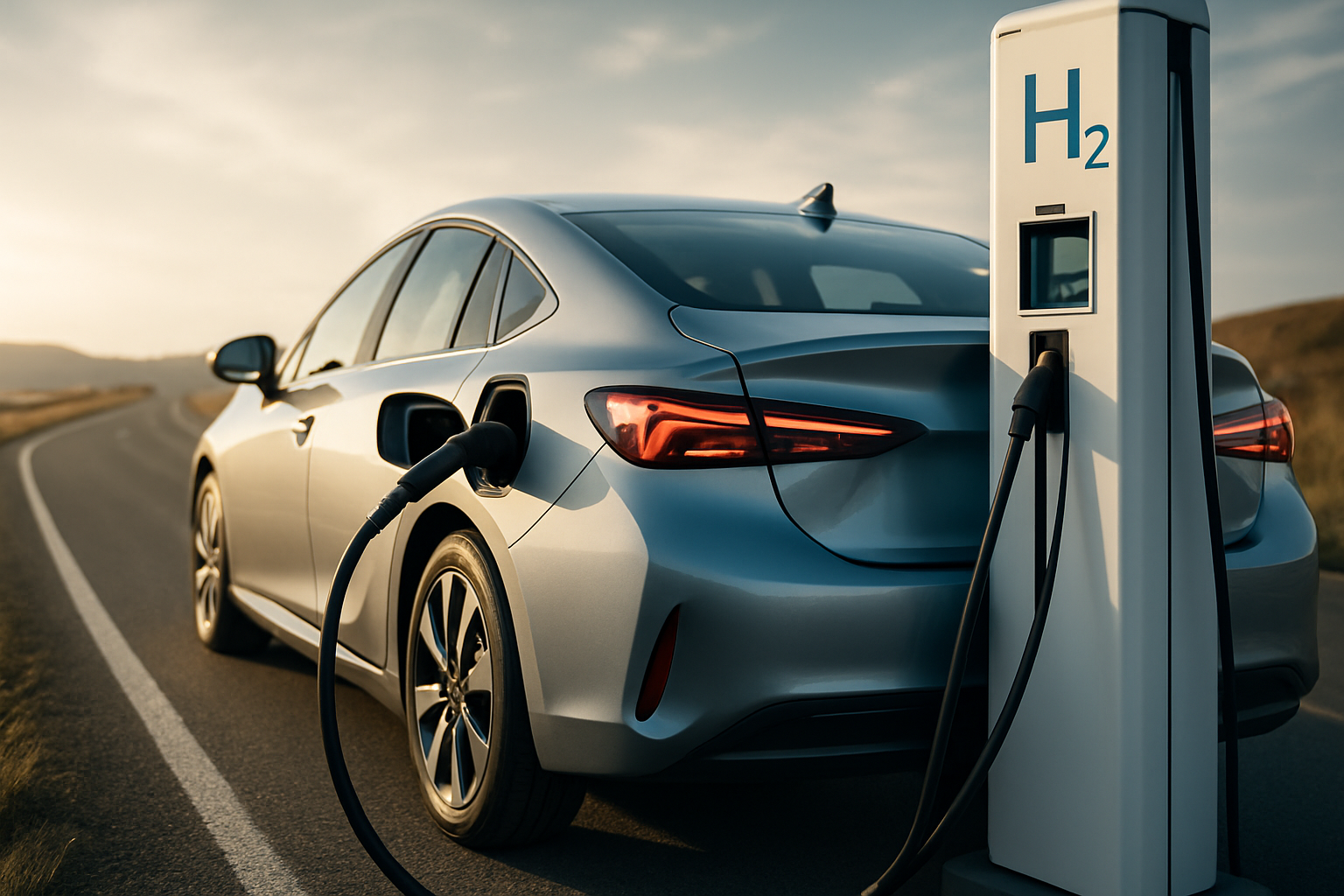Battery care and charging tips for extended journeys
Planning a long drive requires attention to the vehicle’s electrical and mechanical systems. This article covers practical battery care, charging strategies for electric and hybrid vehicles, and routine checks to keep combustion-engine cars reliable on extended journeys.

Before you set off on an extended journey, a focused pre-trip check can prevent many common issues. A thorough inspection of the battery system, basic charging equipment, and vehicle health helps reduce the risk of roadside failures. For internal combustion vehicles, ensure the 12V battery and charging system are in good condition; for electric and hybrid cars, confirm range estimates, charge schedules, and accessory loads. Pair these checks with routine maintenance items like tires, brakes, and fluid levels to support overall safety and fuel economy during the trip.
Maintenance and pre-trip inspection
A clear maintenance plan should start with a visual and hands-on inspection. Look for corrosion on battery terminals, loose connections, and secure mounting for the battery itself. Check fluid levels, belts, and hoses and verify brake fluid and coolant are at recommended levels. A careful inspection of lights, wipers, and emergency equipment (jumper cables, portable air pump, basic tool kit) complements battery care. Document any dashboard warnings and, if in doubt, have a mechanic run a quick diagnostics check so small issues don’t become major problems on the road.
Battery checks and charging basics
For 12V lead-acid batteries, measure resting voltage (around 12.6V is full) and consider a load test if the battery is over three years old. Clean terminals and apply corrosion inhibitor to maintain a solid connection. For electric vehicles, understand charging levels: Level 1 (120V) is slow, Level 2 (240V) is practical for overnight charging, and DC fast charging is useful for shorter stops. Keep a charging cable that matches your vehicle, and know whether adapters are needed for public charging stations. Maintain a conservative charging plan on long trips to avoid range anxiety.
Electric and hybrid charging considerations
Electric and hybrid drivers should plan charging stops and account for factors that reduce effective range, such as high speeds, cold temperatures, or heavy loads. Use route planners and apps that display charger availability and connector types. Hybrid vehicles offer flexibility—use gasoline reserves to reach charging points if needed, but also maintain gasoline-related items like fuel filters and spark plugs. Battery management features like preconditioning can help achieve optimal charging rates and preserve battery health over many trips.
Tires, brakes and safety on long trips
Proper tires and brakes are central to safety and efficiency. Inflate tires to the manufacturer’s recommended pressure to improve mpg and handling; check tread depth and spare tire readiness. Inspect brakes for uneven wear, pulling, or unusual noises that could indicate pad or rotor issues. Replace worn components before a long roadtrip. Keep an emergency roadside kit, and review safety routines including where to pull over if a battery or charging problem arises. Good braking and tire condition reduce strain on the electrical and fuel systems by enabling smoother driving.
Diagnostics, telematics and fuel efficiency
Modern vehicles benefit from diagnostics and telematics for proactive maintenance. An OBD-II scan can reveal stored fault codes related to charging, emissions, or battery systems—addressing these beforehand avoids surprises. Telematics and trip-logging features can monitor battery usage, charge cycles, and fuel consumption in real time, helping you drive in a way that optimizes mpg. Adjust driving style, limit aggressive acceleration, and reduce idle time to conserve fuel or electric range. Keep software and map data up to date for accurate routing and charger locations in your area.
Winterizing and weather planning
Cold weather affects batteries and charging performance. For gasoline and hybrid vehicles, ensure antifreeze levels are correct, use engine block heaters if recommended, and consider a battery with adequate cold-cranking amps for winter conditions. For electric vehicles, preheat the cabin and battery while plugged in to preserve range and charging speed. Store charging cables dry and protected from freezing conditions. Plan for weather-related slowdowns and account for reduced mpg or lower electric range when calculating charging stops and fuel refills.
Conclusion A combination of routine maintenance, focused battery checks, informed charging practices, and attention to tires, brakes, and diagnostics will improve reliability on extended journeys. Whether driving a conventional, hybrid, or electric vehicle, plan for variable conditions, keep essential equipment on hand, and address any warning signs before departure to support safer, more efficient travel.





